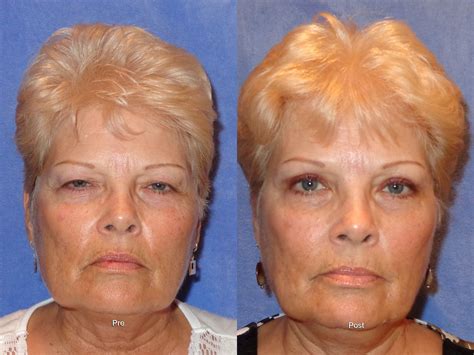Mastering the Art of Insurance Claims for Eyelid Surgery
Eyelid surgery, or blepharoplasty, can dramatically improve your appearance and boost your confidence. However, the cost can be significant, leading many to explore insurance coverage options. Navigating the complexities of insurance claims for cosmetic procedures like eyelid surgery requires careful planning and understanding. This comprehensive guide will equip you with the knowledge to maximize your chances of successful reimbursement.
What Types of Eyelid Surgery are Covered by Insurance?
This is the crucial first step. Insurance companies rarely cover elective cosmetic procedures. However, medical necessity is the key differentiator. If your eyelid surgery is deemed medically necessary to correct a functional impairment, your chances of coverage significantly increase.
This means conditions like:
- Ptosis (droopy eyelids): Severely droopy eyelids that obstruct your vision can be considered a medical necessity.
- Excessive skin folds: If excess skin significantly impairs your peripheral vision or causes chronic dryness or irritation, it might qualify for coverage.
- Eyelid tumors or growths: Removal of cancerous or pre-cancerous growths is almost always covered.
Important Note: Simply wanting to improve your appearance isn't enough. You'll need a thorough medical evaluation by an ophthalmologist or plastic surgeon to establish medical necessity. This evaluation will be crucial in supporting your insurance claim.
How to Prepare for Your Insurance Claim
Before even scheduling your surgery, take proactive steps:
- Contact your insurance provider: Discuss your procedure with your insurance company before scheduling surgery. Obtain pre-authorization if required. Clarify what documentation they need to process the claim. Understand your policy's specifics regarding cosmetic procedures versus medically necessary procedures.
- Obtain detailed medical documentation: Ensure your surgeon provides comprehensive documentation outlining the medical necessity of the procedure. This should include before and after photographs, detailed descriptions of the condition, and how the surgery will improve your vision or address a functional impairment.
- Understand your deductible and co-insurance: Know your financial responsibilities upfront. This will help you budget accordingly and avoid surprises.
What Documents Will You Need?
Your insurance company will require specific documentation to process your claim. These typically include:
- Medical records: Complete medical history, including the ophthalmologist's or surgeon's evaluation detailing the medical necessity of the procedure.
- Surgical reports: Detailed report of the surgical procedure performed.
- Bills and receipts: Original bills from the surgeon, anesthesiologist, and facility.
- Insurance ID card: Ensure your insurance information is accurate and up-to-date.
- Before and after photographs: These are essential for demonstrating the functional improvement resulting from the surgery.
What if My Claim is Denied?
Don't despair if your claim is initially denied. You can:
- Appeal the decision: Follow your insurance company's appeal process carefully. Provide additional documentation if necessary to strengthen your case.
- Seek legal counsel: If your appeal is unsuccessful, consider consulting with a healthcare attorney specializing in insurance disputes.
Can I Get Financing for Cosmetic Eyelid Surgery?
If your insurance doesn't cover the entire cost, explore financing options. Many medical financing companies offer payment plans tailored to medical procedures.
How Can I Find a Surgeon Who Understands Insurance Claims?
Choose a surgeon experienced in navigating insurance processes for medically necessary eyelid surgeries. They can provide valuable guidance and support throughout the process. Look for surgeons with a proven track record of successful insurance claim submissions.
Conclusion: Planning is Key
Mastering insurance claims for eyelid surgery hinges on meticulous preparation and clear communication. Understanding your insurance policy, documenting medical necessity thoroughly, and working closely with your surgeon and insurance provider significantly increase your chances of successful reimbursement. Remember, proactivity and comprehensive preparation are crucial for a smoother, less financially burdensome experience.

